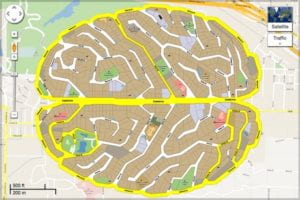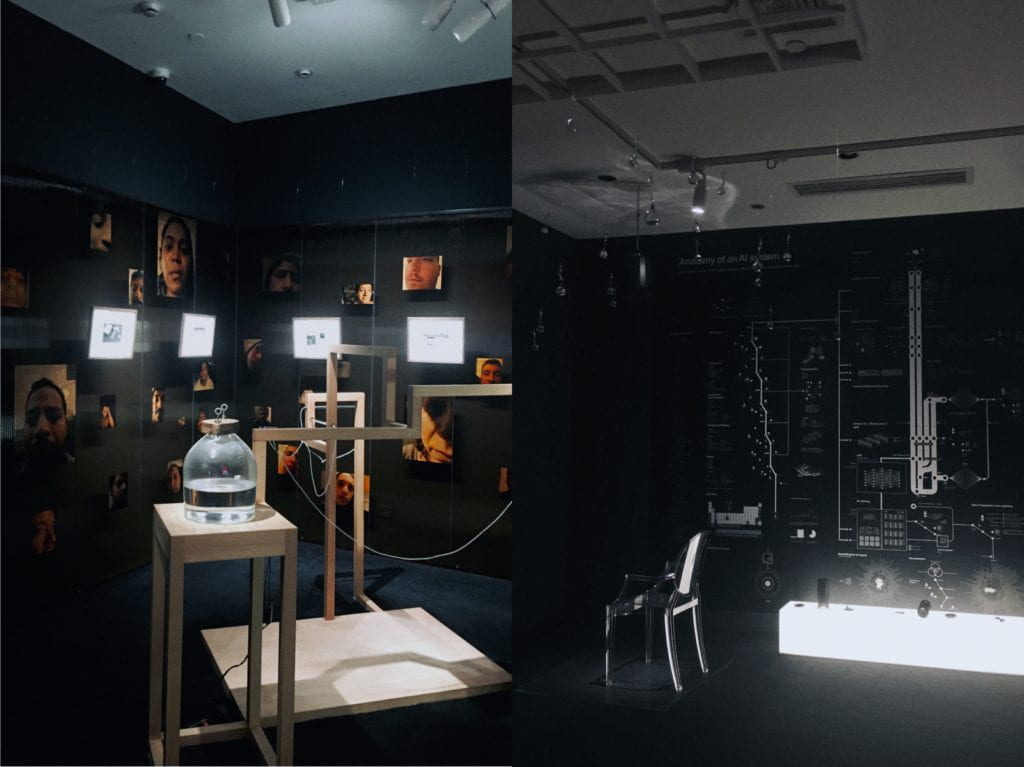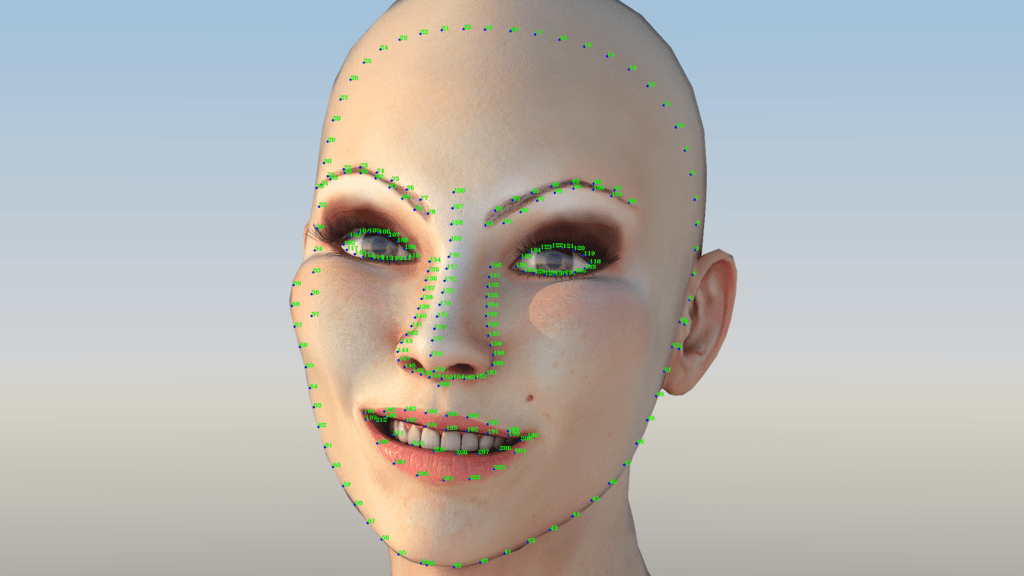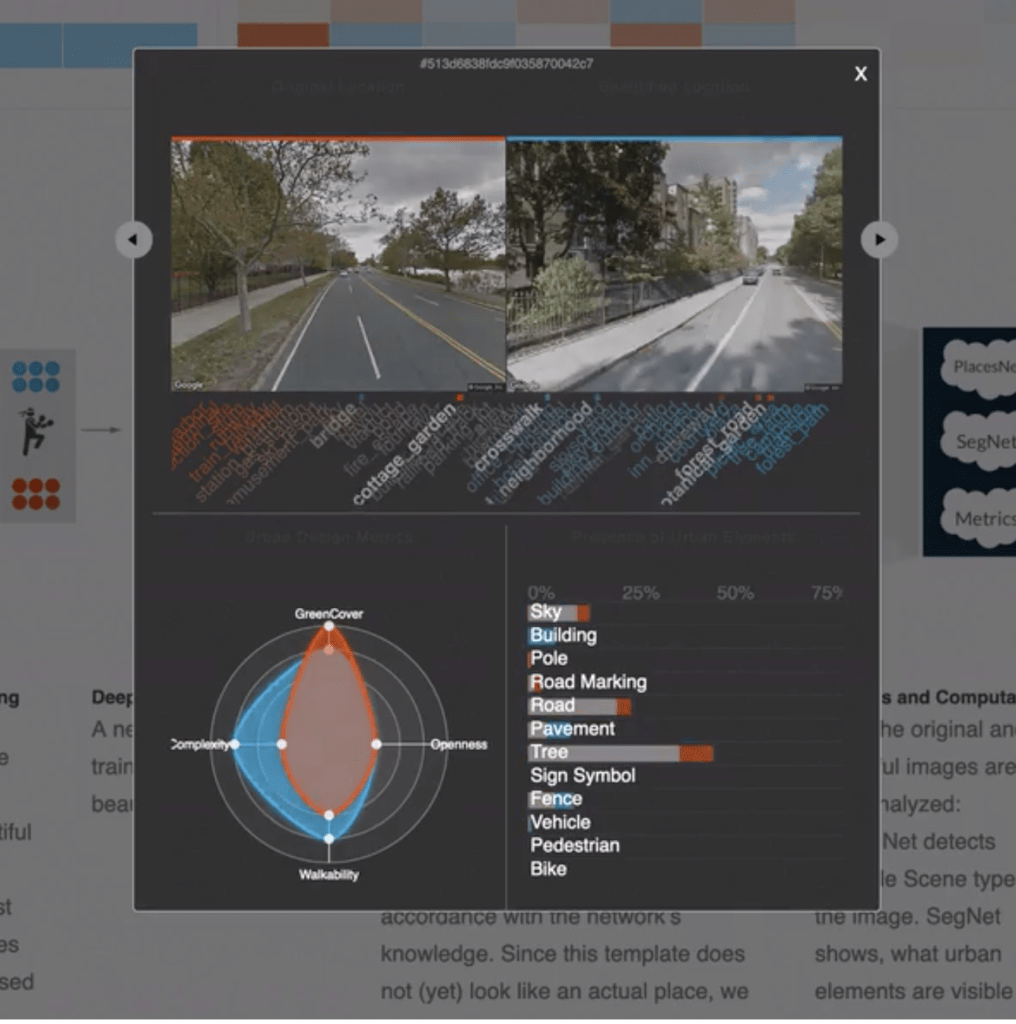Blade Runner: 2049 is the sequel to Ridley Scott’s original Blade Runner released in 2017. The film continues the cyberpunk aesthetic and the quest for what defines humans, the director Denis Villeneuve, however, took a more detailed and timely lens to the sentient world-making than that in the original. One reason being that the CGI of cinema has developed greatly since the release of the original in 1979, special effects provide endless possibilities for filmmakers to work on. Another reason is that the imagination of a sentient world emerged in recent years, people no longer feel surprised about some of the technology showcased in the original because they have already come true: from sentient billboards that displayed customized advertisings to autopilot cars that can navigate themselves. In 2049, Villeneuve took one step further to expand the landscape of sentient technology to a non-human yet conscious character. Being one of the most exciting technologies in the film, JOI, a digital companion created by Wallace Corporation has been an important aid to the protagonist K as he set out to trace the first replicant-born child.
Joi first appears in the film when K comes back from a mission. Existing only with a hologram projector installed in K’s home, she prepared a virtual dinner for K and lit his cigarette with her finger tip. K later gave her an Emanator, which allows her to be portable. She was then taken to the rooftop where she “feels” the rain for the first time. As the story proceeds she helped K find the birth information at the station and insisted K to delete all her from the console and carry her only in the Emanator as K being hunted the LAPD, which might lead to permanent lost of data. At this stage, K has developed strong feeling towards Joi and Joi, either consciously or programmed to do so, responded to such sentiment. Later in the film, Wallace’s assistant Luv destroyed the Emanator as K and Deckard were captured. With no doubt, the holographic effects presented in the film are stunningly executed, but more importantly, we can see as audience, the possibility held by artificial intelligence and specifically that of the entity with virtual assistant. In the context of sentient technology, this might be the ultimate goal as it could potentially be a “human” existing in virtual spaces: they act and think like human. This comes to the question of what really defines a human? Are AI more human than human? Of course the answers to these question might never be definite. Like with the virtual assistant Samantha in Spike Jones’s Her, the protagonist K found out that Joi is just a product that is available to everyone who can afford. He stands in front of the giant billboard in which “JOI” called the name she gave him “Joe” and realize that all the feelings he had were based completely on the holographic image. But should we consider that an alternative to human life?







